SummaryAirport Rating ***** Reception of locals *****
The cancellation of my flight in Peru had a knock on effect that lasted about a week covering my time in La Paz, Uyuni and San Pedro de Atacama. In Uyuni I had booked a three day salt flats tour. The tours are world famous and take in the salt flats, lagoons and active volcano's as they work their way down to the Chilean border. However, as I had been delayed by two days, I had to cancel the three day tour and rebook onto a one day tour. The tour operators were very helpful, offering me alternative dates and when this wasn't possible, refunding me the extra money that I would have spent on the longer tour. It wasn't ideal, but I figured it was better than nothing. The plane from Cusco to La Paz was small, but the one from La Paz to Uyuni was tiny. You couldn't actually stand up in the plane and the spaces for the carry on luggage were very small, but did the job for what I had with me. Although the plane could probably seat about 40-60 people, there were only 5 of us on the plane. I had struck up a conversation with a French guy who was living in Dubai. He had a two week holiday and the salt flats were on his bucket list of things to see. I had read nightmare stories about the turbulence on this flight, especially with smaller planes and as I sat down, there was a sick bag right in front of me so I was prepared for the worst. The journey, however was very smooth. As with Cusco, the scenery when flying out of La Paz was phenomenal. Large mountains in the distance surrounded the plane and from every angle the view was more impressive. Worlds smallest international airport?Again, the distance wasn't so large, and the journey was under an hour. Every so often I would look out the window and by now all I could see was the flashing lights of the plane against the black night sky. Usually, on most flights, about 10/15 minutes before landing the flight attendant will run an announcement asking for tray tables to be put upright, seats pushed forward and to prepare for landing. Well, the announcement was made so I put my book down and pushed the tray table up. I thought I'd look outside and see if I could see the lights of the town far below and as I did I saw a weird grey light below the plane. What the hell is that, I thought to myself, surely that can't be the ground, THUMP! we hit the runway pretty hard and taxied on the runway. That was absolutely nuts and I looked around and the French guy was looking at me like did that just happen. We both found it funny. We walked off the place and realised that it was literally the only plane in the whole airport, it was a very eerie sight, a single spotlight shining on a single plane and then the rest of the airport was pitch black and empty. The airport was very small, it probably challenged Sukhothai as the smallest airport I have been it. There were no fancy things like conveyor belts and our luggage was brought from the plane by a couple of workers. Outside were three taxi's and the French guy, myself and a Canadian girl decided to pool together and get a ride into Uyuni. The journey was short, perhaps only 15 minutes and despite it being night, the fare was quite cheap too. The weather outside was cold. Not Cusco cold, not even England cold, this felt like Siberian levels of cool. The hostel I was in was very nice and the receptionist super helpful. As soon as you mention the words England or Panjab, people all over South America get interested and it was the same here. The words I heard, on more than one occasion, was English Gentleman, If only they knew. The receptionist informed me straight away that the internet was down. Having had no contact in a few days I thought I'd head out to a restaurant just so I could update my family, but she told me the internet was down in the whole of Uyuni and had been for a few weeks. Looks like I'd have to wait a little while longer. I ventured into the town with a few layers of clothes on and it was pretty amazing. The dusty roads would open into large area's where locals were eating food late at night. The streets were quite lively and it felt very different. Uyuni is a very small settlement and has only had a recent explosion of tourism, in fact I managed to walk around the whole town in a very short amount of time. The next morning I woke up early to head off on the salt flats tour. Unlike the night before, the streets were deserted in the morning and the temperature was much more pleasant. The laid back atmosphere meant I enjoyed the morning walk a fair bit, despite the injury to my knee. The swelling was slowly starting to go down, however, after about 20 minutes of walking, the pain would return quite strongly. It was annoying, but its something I knew I had to put to the back of my mind. Early morning walksI registered for the tour a couple hours early and decided to head out and explore the town a bit more. As the sun got higher in the sky, the temperature started to pick up, although it was cooler than La Paz and Lima but it made the walk more comfortable. Walking through the town I headed to a very large outdoor market. The market sold all sorts, from souvenirs for tourists to food, drink and clothing for locals. I was surprised by the size of the market in comparison to the size of the town, it stretched out for a considerable distance. As soon as we met our guide the first thing he asked was if we had sunglasses, and if not, to buy some now. I was doing a tour with a couple of guys from England. Both were about 10/15 years older than me, but very nice. One was a teacher and the other a doctor and they had taken 9 months out to travel around the Southern Hemisphere. We jumped into the jeep and drove the hour or so to the outskirts of salt flats. On the way we passed salt hotels and large area's of nothing but barren wasteland. Our first stop was at a salt factory where were we were shown the process of how salt is extracted and packaged. The whole factory was made from salt and I even tasted a brick, and yep, pure salt. We had lunch in a salt hotel where everything from the floor, walls, ceilings, chairs and tables were made from salt. It was very surreal. Train cemeteryNext we headed off to the train cemetery. The train lines were built by the British in the 1890's but with the collapse of the mining industry in the middle of the 20th century, the lines and the trains went into disuse. It was a strange thing to see in the middle of nowhere. There were quite a few trains, all rusted with parts falling or fallen off. Because the size of the ruins was small, it was quite busy with tourists climbing all over the trains. We did the same thing, hopping onto the roof of one of the trains and looking at the view around us, miles and miles of nothing. I thought this was easily something that could actually be turned into a museum and the guide told us that it was something that the Government was looking into. I guess until a few years ago it was just an area with a lot of scrap metal but tourism has brought with it a different viewpoint and an opportunity to create something else. Salt flatsThe transition from open road to salt plain is deceptively subtle, I actually didn't realise when or how it happened but before I knew it we were driving on a brilliant white surface. I also realised why wearing sunglasses is so important, the light from the sun was reflecting off the white surface right back into our faces, in fact I took my sunglasses off for a split second and it was very uncomfortable. We stopped at the very first salt hotel, located near a monument to the Dakar Rally which runs through the area, which I thought was quite cool. There is only one salt hotel on the actual plains itself and after its construction the Government refused to give permission for other hotels to be built on the flats due to concerns over pollution so most other salt hotels are now located away from the flats. Outside the hotel was an area where people had planted flags from across the world and that was also quite impressive. Following this we jumped into the 4x4 and drove into the vast emptiness for about 30/40 minutes. We got out the car and looked around. Everywhere we looked was the white of the salt. There was nothing other than our car and our group, no other people, no animals, vehicles, nothing. The sky sort of melted into the horizon and other than a volcano in the distance the terrain was very flat. The salt had made the air really dry, I got through my bottle of water quite quickly and after that there were a few hours of just waiting for the chance to refill. The guide told us that the colours and terrain affects perspectives and the Salar is a famous place to take quirky pictures. He had brought along a model t-rex and lined us up to take some cool pictures. We took quite a few that didn't look special while we were taking them, but as soon as we looked on the camera the pictures looked substantially different. I did a few handstands, although the sharpness of the salt means its easily to cut your hands open. It was fun, who wouldn't enjoy kicking a giant t-rex in the face. We spent almost an hour looking at the large open area around us, it really does make you feel small in such a vast expanse. We took a few videos that used the perspective altering background that were quite funny and of course a lot of pictures. You could use pretty much any prop, or no prop at all and still produce a picture that looked amazing. Following this we took a drive toward the centre of the salt flats and reached the Incahuasi Island. The island was the top of an ancient volcano that was submerged in a prehistoric lake and is about 60 acres in size. The island was used as a resting place for the Inca and is covered in large cacti. Seeing this large brownish green island in the middle of the brilliant white of the salt was strange, but in the Salar, pretty much everything is strange. There is a small entrance fee to enter the island and then you are free to climb to the top of the rocks. The climb is steep in places, but relatively comfortable and takes about 15/20 minutes. The path is covered with cacti of various shapes and sizes and sometimes you have to watch where you put your arms when you are trying to balance climbing the rocks. At this point I was pretty thirsty, however, water on the island costs three times as much as it does in Uyuni and I decided I wasn't going to pay out of principle. Looking back now, I probably should have paid because the heat made climbing very uncomfortable. A special placeThe view from the top of the island shows just how vast the salt flats are with the white of the salt extending for miles in every direction. In the distance we saw a convoy of cars crossing the barren land and it felt like something from a Mad Max film. The climb down the island was a little trickier but not too difficult. Seeing these large plants shoots up in an area covered by so much desolation was pretty amazing.
The drive back to Uyuni took about an hour, most of it crossing the salt flat itself. The three day tour of the salt flats moves progressively south each day, meaning that on the final day you are only a few hours away from San Pedro de Atacama in northern Chile. My original plan was to use the tour to get to the Atacama Desert with the journey broken up into small bitesize pieces. However, now that I was a few days behind schedule and only doing a one day tour that was going to return me to Uyuni, I knew I had to take a local bus from Uyuni to San Pedro. I headed back into town and walked to the bus station. I enquired about buses to San Pedro and it turns out there was only one. The price was reasonable, about the equivalent of GBP 8, however, the journey would be a long one. I was told the bus would leave at 4am from Uyuni and get to San Pedro for 7pm, a journey time of 15 hours. With no other options, I purchased a ticket and went to a local restaurant to get some food. Uyuni has many good places to eat, the food I found was hit or miss in Bolivia but prices weren't so bad. As with the day before, the internet was still down all around the town, although it was something that I had begun to appreciate. The few days on the mountain in Peru and then the time I spent in Bolivia really did make me feel like I was a world away from home, and the complete cut in communication was something that made me feel oddly liberated. I'm not saying it's something I would enjoy over a long period, but in the short term I was happy to be away from all the unnecessary pressure that comes from being constantly connected to social media or WhatsApp. I found Uyuni to be unlike anywhere I had been before. The town is very small but it has a character of its own that gives it a special feel. The salt flats are something that must be seen to be believed but I even enjoyed the feeling of the town itself. Uyuni was definitely one of my favourite highlights in South America. Comments are closed.
|
AuthorBritish Sikh, born in the Midlands, based in London, travelling the world seeing new cultures. Categories
All
|
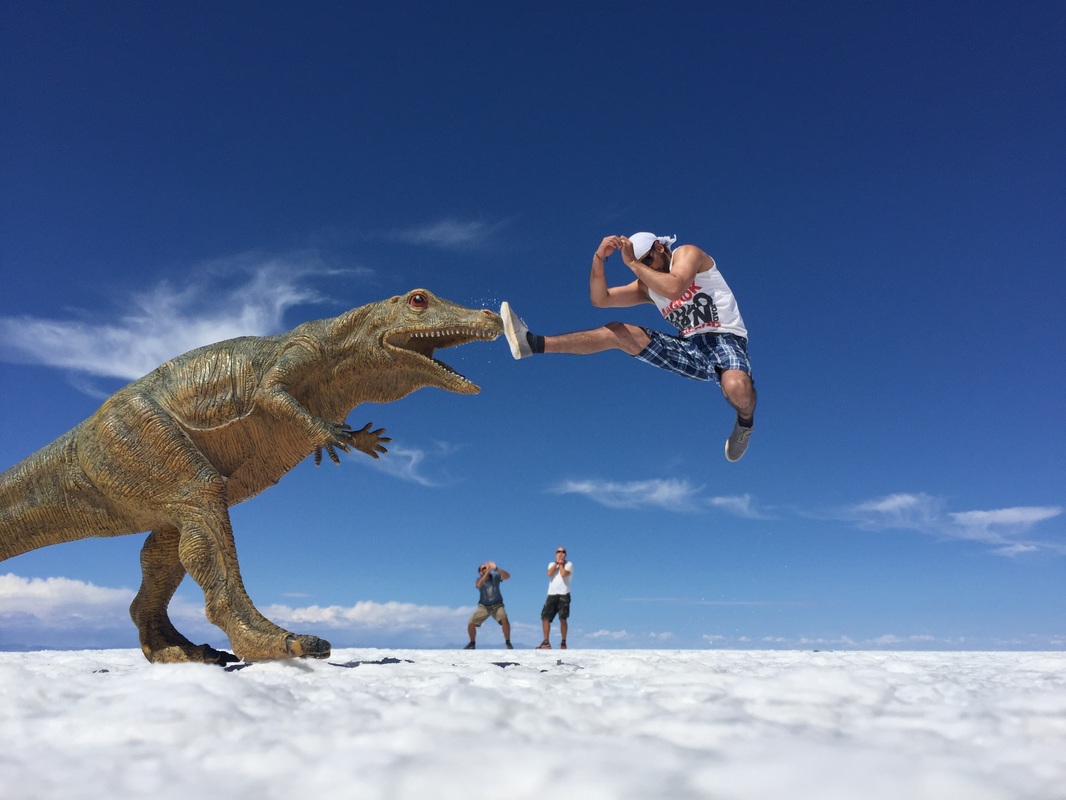
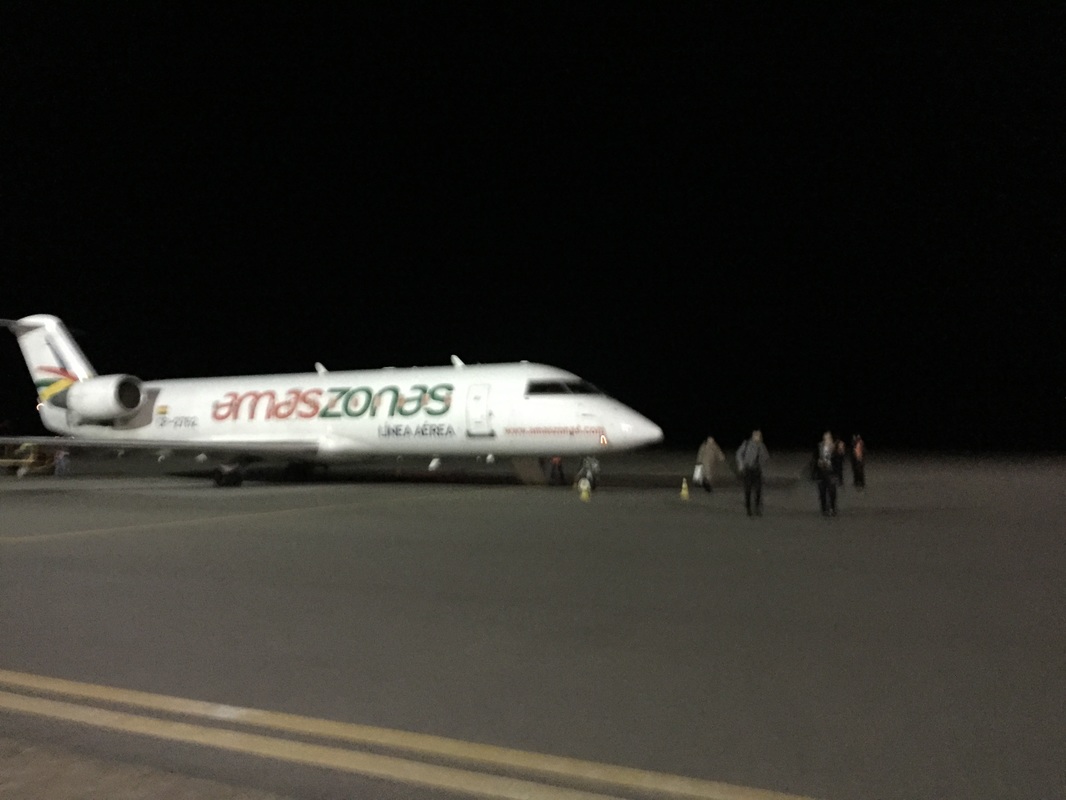

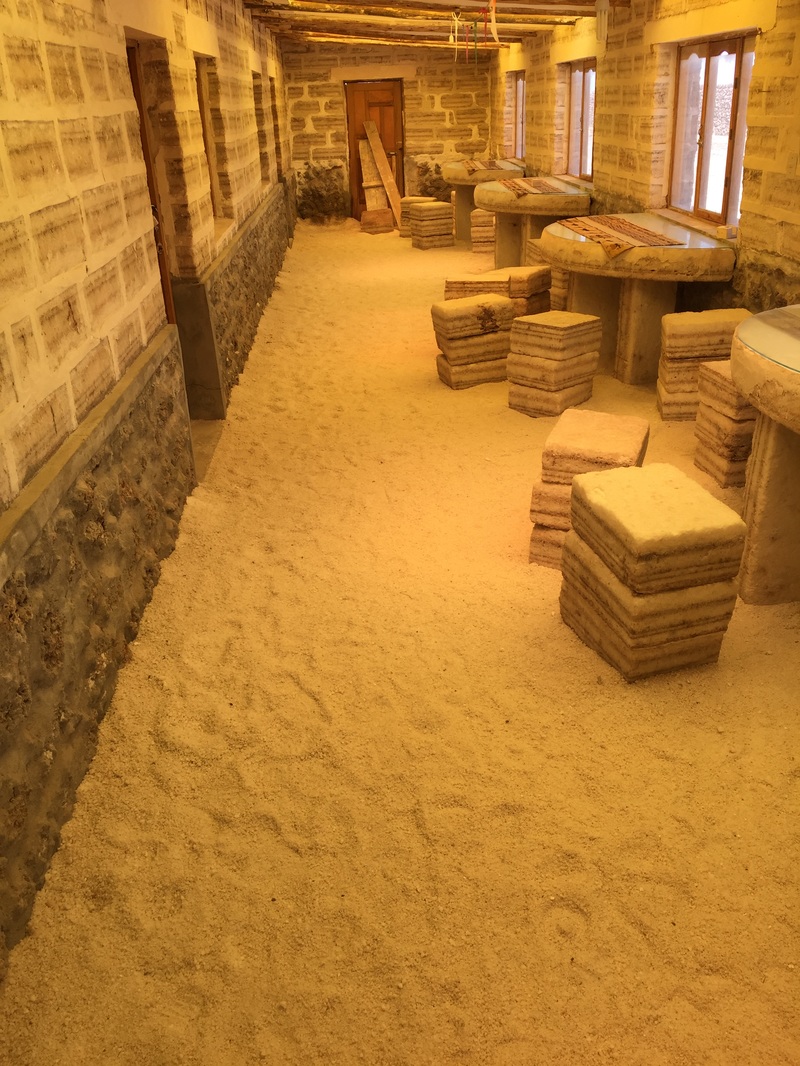
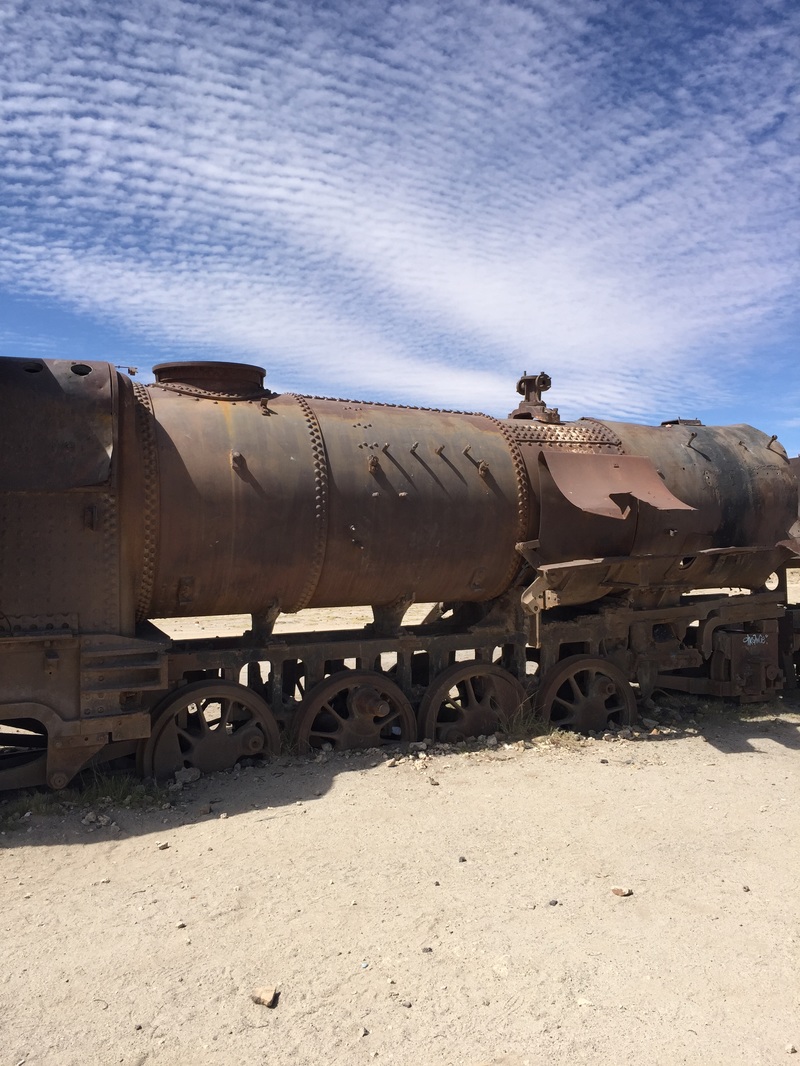
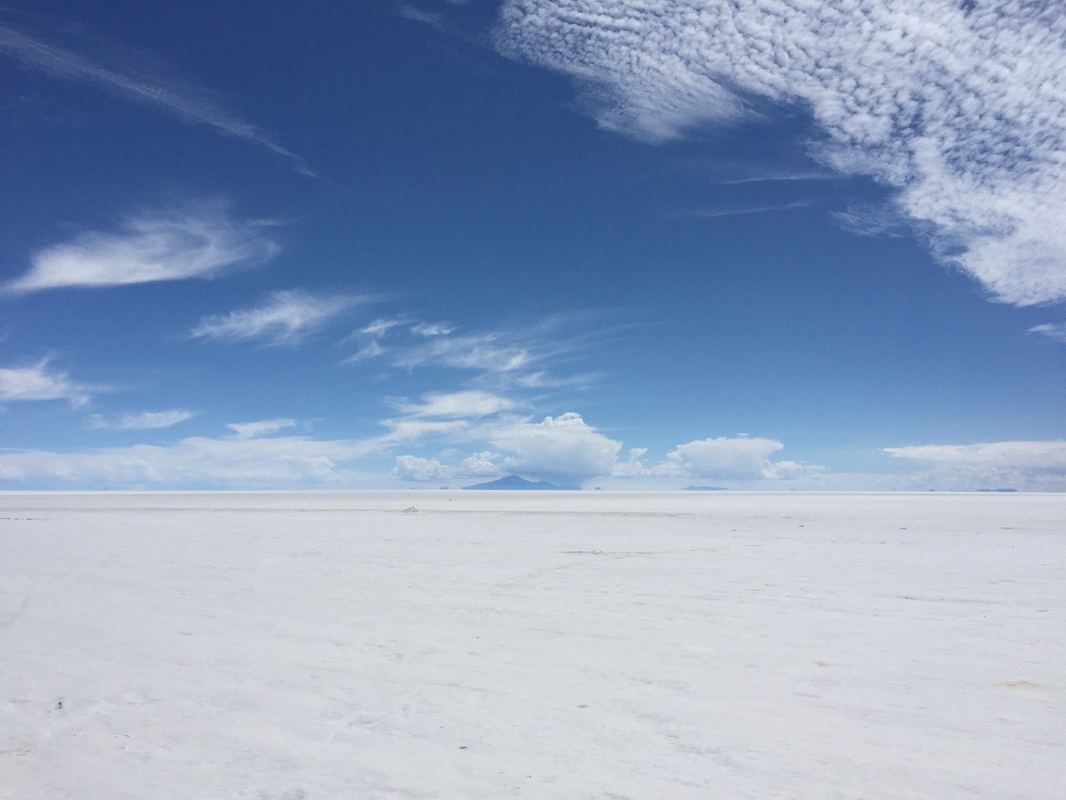
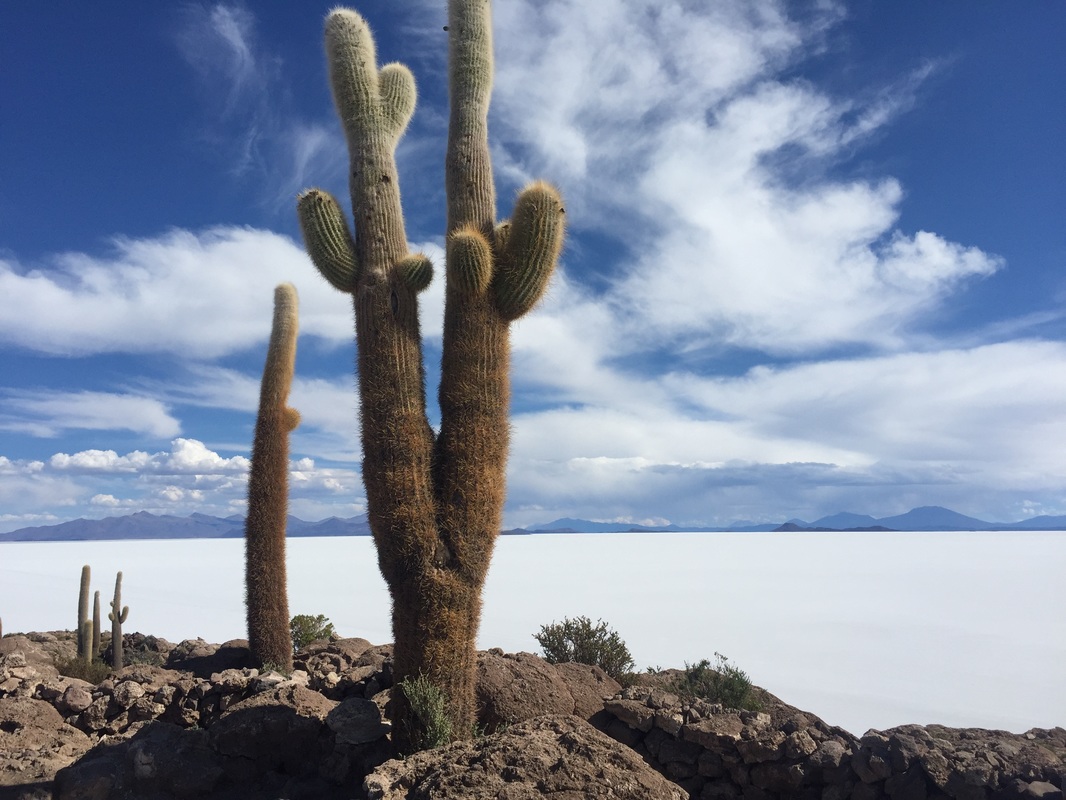
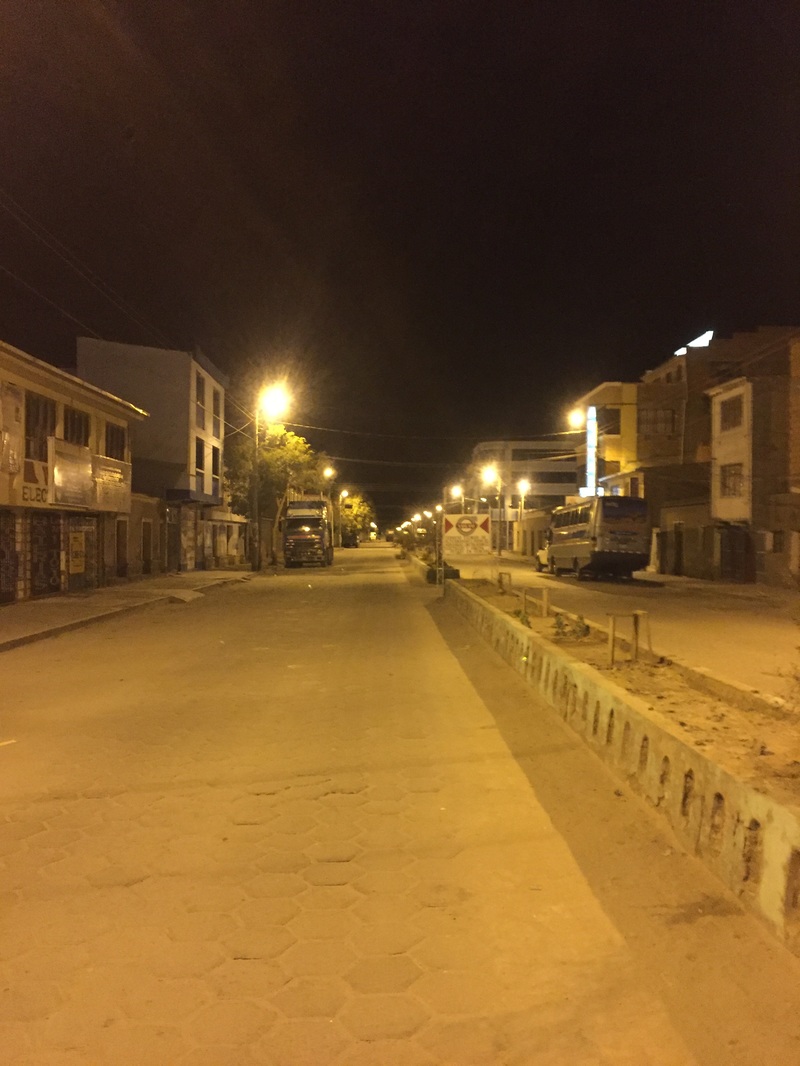



 RSS Feed
RSS Feed